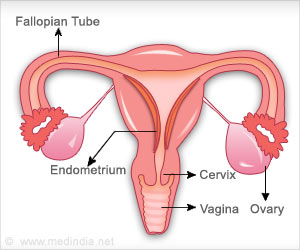The practice of using an arbitrary Estimated Fetal Weight (EFW) less than the 10th centile may not be an efficient practice for defining true Intrauterine Growth Restriction (IUGR).

Between January 2010 and June 2012, the PORTO Study recruited 1,200 pregnancies with babies who were affected by intrauterine growth restriction, defined as having an EFW on ultrasound below the 10th centile for gestation. The study aimed to challenge whether this traditional definition on its own really matters in predicting poor pregnancy outcome. All eligible pregnancies underwent serial ultrasound evaluation at 2-week intervals until birth. Outcomes for mothers and their babies were recorded.
"Our study demonstrates that almost all of the adverse outcomes associated with having a growth restricted fetus occur in the group of pregnancies with EFW less than the 3rd centile, or when additional abnormal ultrasound features are found," said Dr. Julia Unterscheider of the Royal College of Surgeons in Ireland.
Dr. Sean Daly, a senior co-author of the study further suggested, "For example, having an EFW less than the 10th centile, but greater than the 3rd centile, together with otherwise normal ultrasound features, was almost always associated with delivery of a normal healthy baby."
Of 1,200 recruited pregnancies with EFW below the 10th centile, 78 percent were enrolled before 34 weeks' gestation and detailed outcomes were obtained on 98 percent of all patients. Overall, there were four stillbirths and four neonatal deaths corresponding to an overall perinatal mortality rate of 7.2 per 1,000 births, but all of these deaths occurred in the sub-group of pregnancies with EFW less than the 3rd centile. There were very few adverse outcomes found in the group with EFW between the 3rd and 10th centiles and in whom other ultrasound features were normal.
This study suggests more precise criteria for the diagnosis of true IUGR based on pregnancy outcomes and challenges the reader to re-think the traditional cut-offs used for the definition of intrauterine growth restriction. Professor Fergal Malone, Chairman of the Perinatal Ireland Research Consortium commented, "The major benefit of this study is the potential to radically change the focus and intensity of current methods of fetal surveillance for the apparently small fetus diagnosed prenatally."
Advertisement










